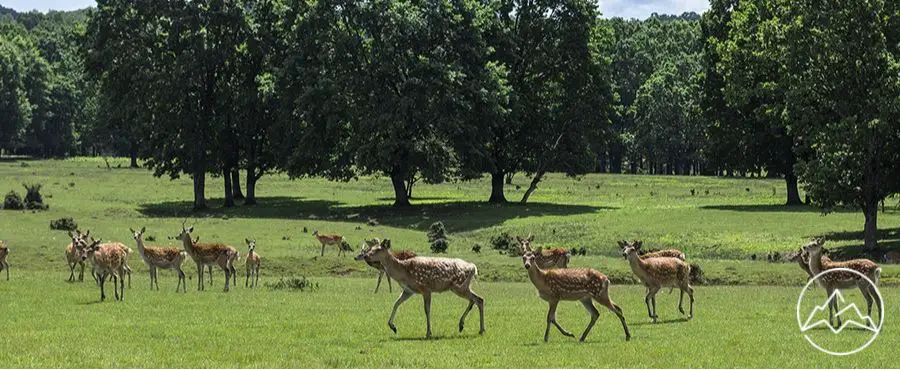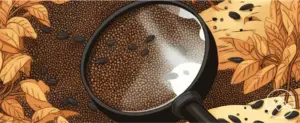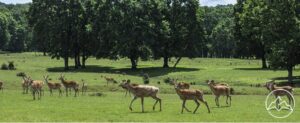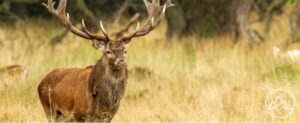Attracting deer to your property can be a challenge. Deer herds prefer covered habitats they can escape to, water sources like creeks and ponds, and most importantly, food. Deer need plenty of nutrient-rich food to get them through the harsh, cold months. Having and maintaining productive food plots for deer is the key to a successful hunting season.
Much like a flower or vegetable garden, food plots for deer require work and preparation to thrive. Understanding soil preparation, plant varieties, growing seasons, and which locations work best on your property will help you produce a thriving plot.
Preparing your soil
Not all dirt is the same. Some properties are on rockier terrains, while others have more clay in their soil. Other factors like location to water and sunlight can also play a significant role in soil and plant health, which has a big impact on your ability to grow a reliable food source. Understanding your land will help you better prepare it for growing.
Most plants thrive in neutral soil, meaning that the soil should not be too acidic or alkaline. Perform a soil test, and try to keep it in the 6.5 to 7.0 pH range. You can do this by applying varying amounts of fertilizer and lime to your soil.Choosing what to plant
Perennial plants will live in your deer food plots for two years or more. They fall dormant after their growing season and then come back each year. Whereas, annuals can mature more quickly, but die off after their growing season. If you are planting a last-minute plot, annuals may work better. However, if you maintain your deer food plots throughout the year, perennials or combinations of the two will provide a diverse forage and fertile soil.Brassicas
Brassicas plants are more commonly referred to as cruciferous vegetables, cabbages, or mustard plants. These vegetables, like turnips, rapeseed, radishes, and canola, are high in protein and glucose, making them a favorite among whitetail deer.
Brassicas seeds are sturdy enough to plant in the northern states where there are harsh frosts and cold winters.
Clover
Crimson clover and arrowleaf clover are durable enough for cooler seasons in the South. Crimson clover can also grow in slightly acidic soil, around 5.7 if needed. Clover grows well when planted with wheat, and whitetail deer enjoy this combination in the early fall months.
Clover produces nitrogen that emits into the soil, which acts as a natural fertilizer and can help other crops grow. You should plant clover if you are looking to maintain no-till food plots for deer.
Australian winter peas
Winter peas are close cousins of the peas that you would grow in your garden. Like clover, they are a legume crop and act as a natural fertilizer. They grow best in well-drained loam or clay loam soil.
Australian winter peas are a cool-season annual that can grow up to five feet tall, providing food and habitat for whitetail deer. They are an excellent protein source, making them very nutritious and easy for deer to digest.
Iron-clay cowpeas
Iron-clay cowpeas are a popular warm-season crop. They are inexpensive and easy to grow under varying weather conditions. These cowpeas are extremely drought tolerant, which makes them popular to grow in southern states.
Related: Check out our guide on the best deer food plots
Common myths, debunked
While each hunter has tested methods for maintaining their deer food plot, not all of these techniques will work for every situation or property. Try out different seeds and spots to create the best food plot for deer.
Here are some myths that have been passed down and what truths you can take away from them.
Deer food plots are expensive
Starting a plot early in the spring allows you to build on its growth throughout the year without using expensive fertilizers. Maintaining a rotating forage crop with beneficial plants that naturally fertilize the soil will reduce fertilizer costs from season to season. Purchasing seed in bulk will help cut down on the cost of maintaining food plots for deer. Be sure to store excess seed in a dry, dark spot so it will keep. Seeds like cooler temperatures and can sometimes be frozen as long as they are correctly recovered.You need a large property for food plots for deer
While a large property will allow you to plant more deer food plots and bring in more deer, you can plant a forage on your property as small as a half-acre. Smaller deer food plots will not attract as many deer, but they are still effective.
Planting forage like corn on a smaller property will provide food and a habitat for deer in a small amount of space.
You only need to plant a food plot once
It is best to start planting in the spring and then incorporate new crops throughout the summer and fall. Different forage will do better during different seasons, so maintaining and replating your deer food plots will keep the plants healthy.
Related: Check out our picks for the best blinds for deer hunting
FAQs About Planting Deer Food
What type of soil is best for planting a deer food plot?
How often should I fertilize and lime my deer food plots?
What types of plants should be used when planting a deer food plot?
Should I use herbicides or pesticides on my deer food plots?
Is it better to till or no-till my deer food plots before planting them?
The bottom line
Planning and research go into establishing deer food plots. Once you have figured out the perfect crop combination and plot location, your deer food plot will become easier to maintain and result in several successful seasons.











